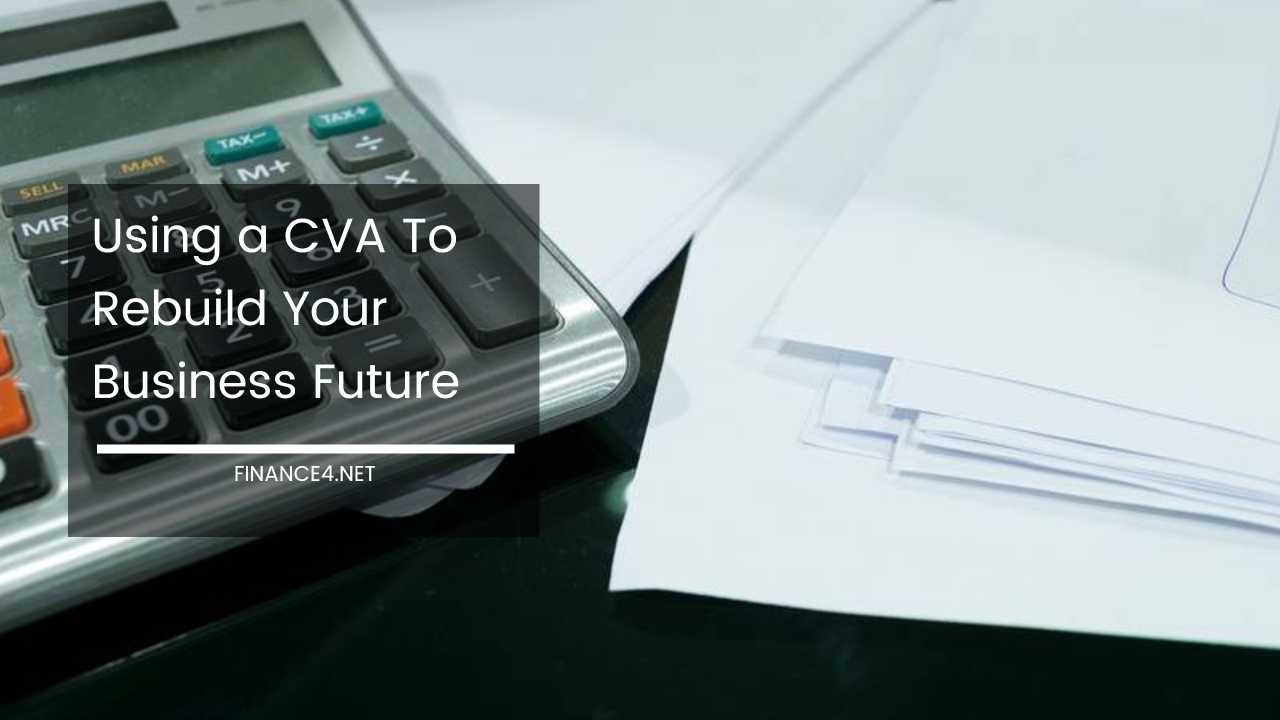Is a CVA Right for Your Business? Rebuild Your Future Today

Using a CVA To Rebuild Your Business Future: A Strategic Guide to Financial Recovery
The current business landscape is a constant dance between opportunity and volatility. Soaring operational costs, shifting consumer demands, and unforeseen economic disruptions can leave even the most well-established companies on shaky ground.
Faced with a mountain of debt and an uncertain future, many businesses are forced to consider drastic measures, with some resorting to the harsh reality of liquidation.
However, there’s a beacon of hope for companies experiencing financial distress – a Company Voluntary Arrangement (CVA). This formal insolvency procedure offers a structured approach for businesses to manage their debts and remain operational.
Understanding the Mechanics of a CVA
Established in the UK in 1986, a CVA provides a framework for a company to negotiate a repayment plan with its creditors. Under this agreement, the company proposes settling outstanding debts in installments over a fixed period. This allows the business to continue trading while addressing its financial burden.
A Lifeline for Business Continuity
A CVA offers several key advantages that can be instrumental in reviving your company’s financial health:
-
Preserves Business Continuity: Unlike liquidation, a CVA allows your business to keep its doors open while restructuring your debt. This provides crucial continuity. You can retain your customer base, maintain operations, potentially fulfill existing contracts, and continue generating revenue.
-
Minimizes Management Disruption: Unlike administration, a CVA generally allows the current directors to remain in control. This continuity minimizes disruption to your company’s leadership and decision-making processes. Your existing knowledge and expertise are leveraged during the recovery phase, ensuring strategic direction remains consistent.
-
Protects Reputation: A CVA allows you to avoid the stigma associated with liquidation or bankruptcy. Your company name, brand identity, and goodwill remain intact. This minimizes the negative impact on customer perception and future business relationships.
-
Manages Debt Affordably: A CVA allows you to negotiate a customized debt repayment plan that is tailored to your company’s current financial situation. This ensures you make manageable installments while preserving your cash flow for essential operational needs. This can also be used to negotiate lower interest rates, easing your financial burden.
-
Streamlines Restructuring: A CVA can be used to terminate underperforming leases or renegotiate unfavorable contracts. This allows you to optimize your operational costs and redirect resources towards growth initiatives. This can involve negotiating with landlords, suppliers, and other stakeholders to achieve mutually beneficial solutions.
Navigating the Challenges of a CVA
While a CVA offers significant benefits, there are also some drawbacks to consider:
-
Creditor Approval: A CVA requires the approval of at least 75% of your creditors by value of debt. This means convincing them that your repayment plan is realistic and that a CVA is preferable to alternative options like liquidation. Building a strong case with clear financial projections and a path to profitability is crucial.
-
Transparency and Credit Rating: Creditors will be notified of your financial situation and the CVA process. This information may be reflected in your business credit rating, potentially impacting future borrowing opportunities. Building back trust with creditors through consistent communication and on-time payments is essential.
-
Negotiation Challenges: Negotiating a CVA can be a complex process. It’s crucial to seek professional guidance from insolvency practitioners. They can assess your company’s viability, advise on the feasibility of a CVA, and guide you through the negotiation process with your creditors. Their expertise can ensure a fair and achievable repayment plan is established.
Making an Informed Decision
Despite the drawbacks, a CVA offers a compelling solution for businesses facing financial challenges. Compared to the harsher realities of liquidation, a CVA provides a controlled environment for restructuring your finances and regaining control of your company’s future. It allows you to negotiate a realistic repayment plan and focus on rebuilding your business.
Taking the First Steps Towards Recovery
If you’re considering a CVA, the first step is to gather comprehensive information about your financial situation. Consulting with qualified insolvency practitioners is crucial. They can assess your company’s viability, advise on the feasibility of a CVA, and guide you through the negotiation process with your creditors.
By working collaboratively with insolvency professionals and your creditors, you can leverage a CVA as a powerful tool to navigate financial hurdles, rebuild your business, and emerge stronger than ever.
Beyond the Basics: A Holistic Approach to Recovery
A successful CVA is just one piece of the puzzle. Here are some additional factors to consider for long-term financial health:
- Impact on Employees: While a CVA can help avoid redundancies, it may involve renegotiating salaries or working hours. Open communication with your employees is key throughout the process. Transparency and clear explanations of the situation will foster trust and maintain morale.
-
Tax Implications: There may be tax implications associated with a CVA. Consulting with a tax advisor is recommended to ensure you’re fully aware of your tax obligations and any potential benefits associated with the CVA process. They can help you navigate any tax liabilities or potential tax breaks you may be eligible for.
-
Long-Term Business Strategy: A CVA should be viewed as part of a broader financial recovery plan. Don’t simply focus on debt repayment; develop a clear long-term strategy to address the root causes of your financial difficulties. This might involve identifying areas for cost reduction, exploring new revenue streams, or restructuring your business model for greater efficiency.
-
Improved Financial Management: Implement robust financial management practices to prevent future financial distress. This involves regular financial forecasting, budgeting, and cash flow monitoring. Consider investing in financial management software and employee training to ensure financial health is a company-wide priority.
-
Building Resilience: Use the CVA process as an opportunity to build your company’s resilience. Diversify your customer base, reduce reliance on single suppliers, and explore new markets to lessen the impact of unforeseen economic disruptions.
-
Communication and Transparency: Maintain open communication with all stakeholders throughout the CVA process. This includes creditors, employees, customers, and suppliers. Regular updates and clear explanations will build trust and foster collaboration during this challenging period.
Conclusion: A Path to a Brighter Future
By carefully considering both the advantages and disadvantages of a CVA, and by seeking professional guidance, you can make an informed decision about the best course of action for your company.
If implemented strategically, a CVA can be a powerful tool to navigate financial hurdles, restructure your debt, and rebuild your business for long-term success. Remember, a CVA is not an endpoint, but rather a stepping stone on the path to a brighter financial future for your company.
Additional Resources:
- https://insolvency-practitioners.org.uk/ (Insolvency Practitioners Association)
- https://www.gov.uk/government/organisations/hm-revenue-customs (Her Majesty’s Revenue and Customs – UK Tax Authority)
- https://www.sba.gov/ (US Small Business Administration) – While this resource is US-based, it offers valuable general guidance on financial recovery for businesses.
By leveraging these resources and the insights provided here, you can equip yourself with the knowledge and tools needed to navigate financial challenges and secure a stronger future for your business.



